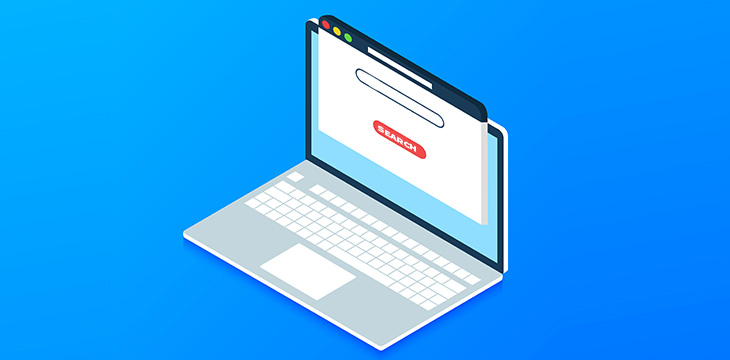
|
Getting your Trinity Audio player ready... |
Most people don’t realize everything that is going on behind the scenes when they send or receive a cryptocurrency transaction. Just like with any financial transaction, there are intricate steps that have to be followed exactly to ensure there aren’t any glitches in the process. Unlike other financial transactions, though, crypto users can actually see the process for themselves, as well as take a look at all other transactions and mining activity, through a block explorer.
There are a number of explorers out there already, but Bitcoin SV (BSV) has its own and it isn’t like the others. WhatsOnChain was the very first BSV block explorer and its beauty is in its ability to provide more succinct data in an easy-to-use package that is worthy of global attention.
Using WhatsOnChain is simple – all you have to have is a piece of information, such as a transaction ID or a crypto wallet address, to get all the details of when and who mined the data related to that transaction. Pop it into the search bar and receive a response almost immediately – in less than a second. It also gives a great representation of who is mining what blocks and how large those blocks are.
One of the things that makes WhatsOnChain so fascinating is the quickness with which the platform was put together. It literally came alive over a weekend after Bitcoin was revived as BSV in 2018. It was initially intended as just a way to check out where transactions stood in the processing stage, but has since morphed into a much more useful tool that has endless possibilities for both front-end users and back-end developers.
WhatsOnChain also makes it possible for the BSV community to watch what’s happening on the network, even if they’re away from the Internet. By teaming up with the If This Then That (IFTTT) platform, I was able to set up text message alerts to know when a new block is mined and when a new block size record was achieved. Those same alerts can also be configured to be delivered through email for additional flexibility.
Having access to a robust block explorer may not seem important to some casual users, but it is definitely a must-have tool for blockchain developers. Without a doubt, WhatsOnChain gets the job done in spectacular fashion and I now turn to it on a daily basis.

 11-22-2024
11-22-2024


